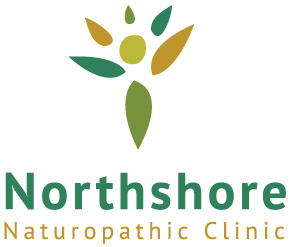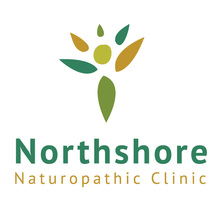By Dr. Matsen
Many foods contain toxins while other foods are made toxic during digestion. Your liver filters these incoming toxins, but in the process of making them water-soluble, it also generates free radicals that can be fifty times more deadly than the original toxin. The final stage of digestion occurs when the tiny remnants of your food are incinerated into energy in your cells’ mitochondria, which generates even more free radicals. Free radicals are believed to contribute to heart disease, Alzheimer’s, aging, diabetes, and some cancers.
What better way to fight back against free radical damage than by using plants in your diet that are already loaded with natural antioxidants which are custom tailored to neutralize deadly free radicals? Plants have long mastered quenching free radicals as they are produced during photosynthesis. As a plant’s chloroplast plucks a sun-derived photon out of the sky, it magically uses this energy to turn water (H2O) and carbon dioxide (CO2) into a carbohydrate, while releasing oxygen (O2) into the atmosphere.
This juggling of energy and oxygen could easily backfire into production of deadly free radicals that could quickly destroy the plant. Fortunately, plants contain bioflavonoids which absorb and neutralize these free radicals before they can do harm.
Since plants use a range of light frequencies as their source of energy, over 4,000 different bioflavonoids have evolved to match this range and this in turn has given them colours that match those of a rainbow. Thus, there is a general rule of thumb that the more colours there are in your diet, the wider the range of antioxidant protection you will receive.
There is even a rating system to assess the antioxidant protection supplied by common foods called the “Oxygen Radical Absorbance Capacity,” or ORAC, for short. Brightly colored plants have the highest ORAC scores (The Vancouver Sun newspaper, October 17, 2003). Testing was done on a serving size of ½ cup (or equivalent) of a variety of fruits and vegetables. The food with the highest ORAC value is blackberries, which have a score of 3672.
Other foods that were tested (and their ORAC value) include:
- kale (2479)
- blueberries (2304)
- oranges (2160)
- apples (1932)
- strawberries (1872)
- plums (1848)
- cherries (1701)
- red raspberries (1674)
- raisins (1512)
- purple cabbage (1470)
- spinach (1344)
- peaches (1131)
- broccoli florets (1044)
- red grapes (980)
- onions (960)
- asparagus (720)
- kiwi fruit (684)
- red peppers (500)
- cauliflower (488)
- green grapes (480)
- pumpkin (480)
- radishes (437)
- tomatoes (369)
- carrots (360)
- zucchini (325)
- green beans (275)
- mangoes (246)
Plants have other helpful properties besides antioxidants. In the battle against free radicals, why not put as many of these brilliantly designed and brightly colored allies to work for you.


